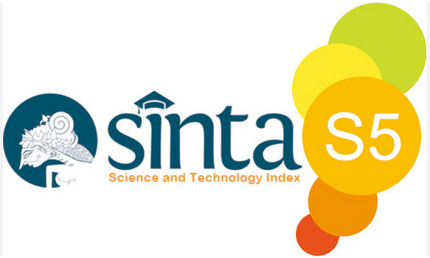Dampak Sosial dan Ekonomi Destinasi Wisata Kota Di Kawasan Ruang Publik Berdasarkan Perspektif Pengunjung
Abstract
The square not only serves as a marker of the location of the central government but rather becomes an alternative tourist destination that is characteristic of an area, in the form of city tourism. The research objective is to identify the attractiveness of city tourist destinations in the area of public space and to find out the perspective of visitors of the impact of social and economic tourism destination on the public space area. The research method uses a qualitative approach. The method of data collection uses interviews, observation /documentation, and documentation. Data collection techniques use accidental sampling. Data analysis techniques consist of: data collection, data reduction, data presentation, and conclusion drawing. The results show that the square as a city tourist destination in the public space area has certain features both in terms of its natural atmosphere, and the existence of supporting facilities, in this location. The visitor's perspective on the square shows visitors have a good response, the condition of a square with the different activity in there, giving a more option for the visitor to activity, although give the alternative city destination of interest for the visitor. The social impact in the giving the place to society with the different background, and the economic impact for square area as a public area that is to create an opportunity for the street vendors to sale the variant product to visitors.. But the comfortable for visitors is distrubtive because of the garbage from the activity of visitors after they buying product from the street vendors in surrounding car-free day location
Keywords: City tourism, Public Space, Visitors













